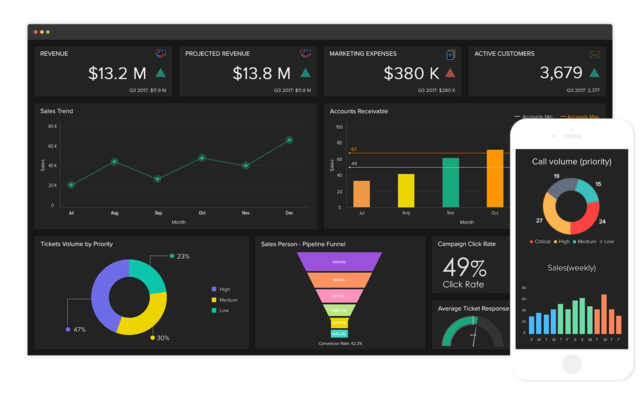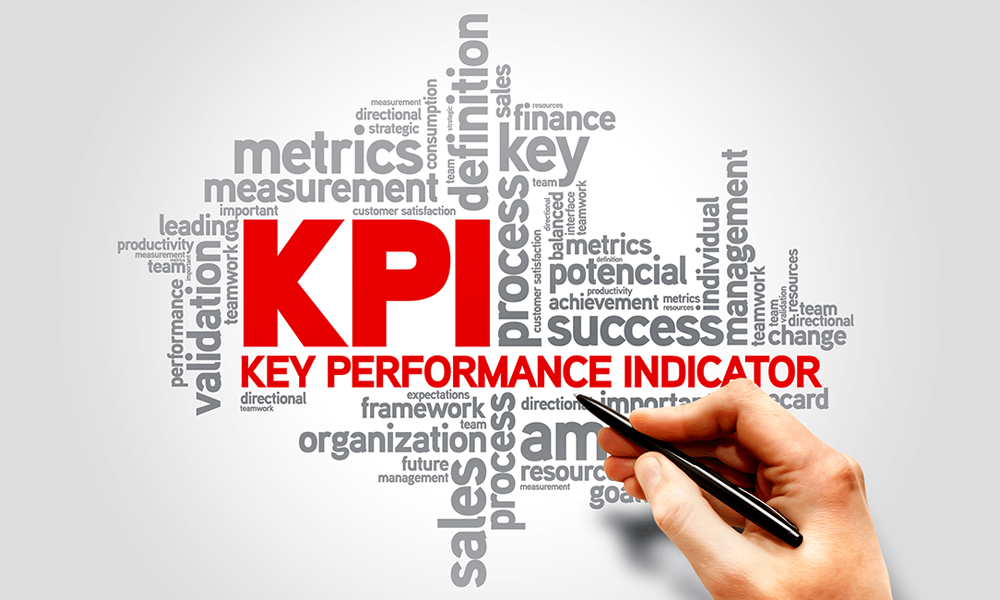New Business Tips series aimed at helping sales operations.
One thing I learnt a very long time ago – Data is King! In my early days I spent several years selling and installing predictive maintenance software. Here I learnt the value of keeping ALL data – sure you can flag it as deleted or redundant; but the data was still there.
The more data we collected the more interesting the results, and the more predictive we could be. We collected and kept everything that was considered cost effective to obtain.
The problem with data is that you just do not know what will be useful later.
So, what has this got to do with KPI’s? Well it is the same principal, the more data you collect the more you can analyse and act.
First step is to start with the basics.
- Strategic Plan
- Goals
To execute your Strategic Plan and achieve your Goals, what are the most important factors?
Are you defining things like…?
- Company revenue
- Growth
- Market share
- Service levels
- Locations
- Awards
- Net Profit
- Return per $ spent on staff
Whatever it might be, do your KPI’s match? Are they thorough enough?
Standard KPI
Let’s consider the most common area for a form of KPI – Sales Commissions. Most SME businesses run a revenue or GP based sales commission. But is it structuring the right behaviour to meet your goals?
SME’s keep it simple because it is easier. Some of the most successful businesses around have very complex reward systems.
Manage Complexity
Finding a balance between relevant and complex is a challenge and we need to err on the side of simplicity but not to the point of losing relevancy to our goals.
Here are some examples I have come across – yes you might look at them and say that it is obvious; these were really happening in very established businesses.
- Sales staff were driven to sell xx connections per month.
- It was discovered that not enough attention was paid to margin, and while successful, they were losing on each sale.
- Not enough attention was paid to “keeping” customers, a high proportion were pressured into signing, to only want out a month later.
- Delivery services were measured on “on time” delivery to the client.
- It was discovered that the number of incorrect orders tripled – should have read “on time, correct order and not damaged”.
- Service department was measured on reduced call queue.
- This was achieved by finishing incomplete calls and assuming several customers would not call back.
All these KPI’s were perfectly valid, but just too simplified.
Examples of Setting KPI’s
Some examples of KPI’s and thinking behind them:
Simple version: 5% growth in number of new customers who have transacted this QTR
OR do you mean: 5% growth in number of new customers who spent over $xx this QTR.
Further could be: Growth in average transaction size, sales of specific product(s)/service(s) or to a particular vertical.
All of these are measurable and can be reported in a timely manner.
Expanding on this. If your strategy was to increase your success in a specific vertical with increased deal sizes, you could have the KPI: Increase in average deal size and number of deals into “vertical”.
Timeliness of Reporting
Next aspect of KPI reporting is timeliness – no point waiting for this data to be ready after it is useful.
I would prefer an employee that knows what stretch is required to reach their targets in time, and in a format that they can act on to reach their KPI. Have them as live as possible, use the progress as a tool to discuss their focus and workload, find out what are they doing to ensure they meet targets.
There are many tools around that can create dashboard metrics. My favourit simple tool is Zoho Reports, it has an extraordinary array of capabilities for a very low cost. More information can be found on our Zoho Business Tools page. What I like to use extensively is the ability to prepare a report automatically and send it to the right people on a scheduled basis.

So what are examples of KPI’s that I have seen?
I have attached a brief list of the range of KPI’s I have seen in use.
You might like to refer back to my previous notes about happy customers; another area that KPI’s are important.

